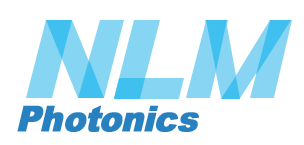The versatility of our organic electro-optic (OEO) materials and their easy-to-use nature means they incorporate nicely into a wide range of existing applications and devices across computing and networking technologies.
That’s right, they’ll integrate into your existing product lines — and we’ll help you get there as a full-service platform. We believe in a future of photonic computing and real solutions by expanding our partnerships and our imagination in usage and applications.
Right now, our ecosystem includes photonics solutions providers, semiconductor manufacturers, device makers, cloud computing providers, internet backbone providers, telecommunications firms, 5G equipment fabricators, and innovators in optical and quantum computing. However, that’s just the tip of the iceberg.
Projected market sizes for optical processing applications.
In 2020, the traditional semiconductor market is $400 billion. Photonics is a rapidly growing complementary market. We’re predicting that by 2025, the total addressable photonics market (TAM) will be $200+ billion of the markets NLM currently and directly impacts. Because our technology has the ability to co-exist directly with semiconductor technology, the photonics market is being built alongside existing markets. NLM is poised for a strong position in the photonics serviceable obtainable market (SOM). All of these currently identified applications signal a robust compound annual growth rate (CAGR) in their markets.
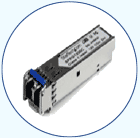
Optical transceivers
2025 TAM: $22 billion
2025 SOM: $220 million
46% CAGR
Transceivers and switches utilizing NLM materials are capable of operating at much higher rates per channel and wavelength than existing technologies. Instead of 5G, think 8G. This enables higher bandwidth, smaller components, and lower power consumption, which in turn allows for a higher density of photonic hardware components within a datacenter. As a result, with NLM technology, a smaller footprint can be achieved with less space in data centers, meeting stricter cabling space requirements and HVAC needs. These capabilities are critical for post-400G networking technologies.
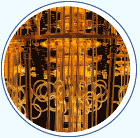
Quantum computing
2024 TAM: $283 billion
2024 SOM: $2 million
29% CAGR
The quantum computing market explosion will only be enhanced with photonics. NLM materials can survive the demanding cryogenic temperatures required for quantum computing applications and can facilitate optical data transfer and photonic qbits. As they’re easy to use, NLM materials also increase the manufacturability and performance of quantum devices.
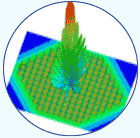
Phased array 5G and satellite antennas
2024 TAM: $5.5 billion
2024 SOM: $218 million
40% CAGR
Phased arrays incorporating NLM materials offer the potential for very high-speed beam steering for application in 5G wireless and custom optical communication systems. NLM materials can be used in slots tens of nanometers wide, enabling small yet highly functional antennas, and in arrays in the thousands. Such implementations have the potential to revolutionize communication.
NLM-enabled ground-based satellite antennas provide support to companies seeking to provide worldwide internet access. Additionally, NLM materials enable a variety of other antennas, including unique direct RF-to-optical antennas and low-cost, on-chip antennas for Internet of Things (IoT) applications.
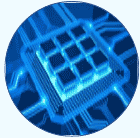
Optical interconnects and backplanes
2022 TAM: $14.7 billion
2022 SOM: $200 million
18% CAGR
NLM-enabled optical interconnects are sufficiently small in size and power-efficient to enable moving data between CPUs, GPUs, and memory, as well as between modules within a chip. This enables manufacturers to achieve significant speed and energy breakthroughs. High-performance computing (HPC) manufacturers can deploy optical backplanes for faster connections using less power within a smaller form factor.
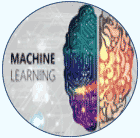
Optical processing in machine learning
2025 TAM: $97 billion
2025 SOM: $120 million
45% CAGR
Arrays of nanophotonic or plasmonic modulators utilizing NLM materials can be assembled to perform high-speed neural net functions. Utilizing NLM materials enables a greater density of components within the chips, enabling larger data arrays, faster bandwidths, a smaller device footprint, and very low energy consumption in this high-demand and high-growth application.
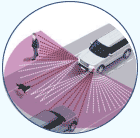
Lidar (sensing)
2025 TAM: $10 billion
2025 SOM: $44 million
25% CAGR
A natural fit for photonic innovation, lidar sensing measures distances by illuminating the target with laser light and measuring the reflection with a sensor, outputting digital 3D representations based on laser return times and wavelengths. Materials from NLM enable compact and rapidly steerable solid-state lidar devices that have terrestrial, airborne, and mobile applications, such as surveying, geology, and self-driving cars.
Future applications
These applications and industries are, of course, just a start. There are many different applications and industries for OEO across aerospace, defense, high-performance scientific equipment, storage and memory, and more.
Talk to our team about incorporating NLM materials into your applications and devices.
